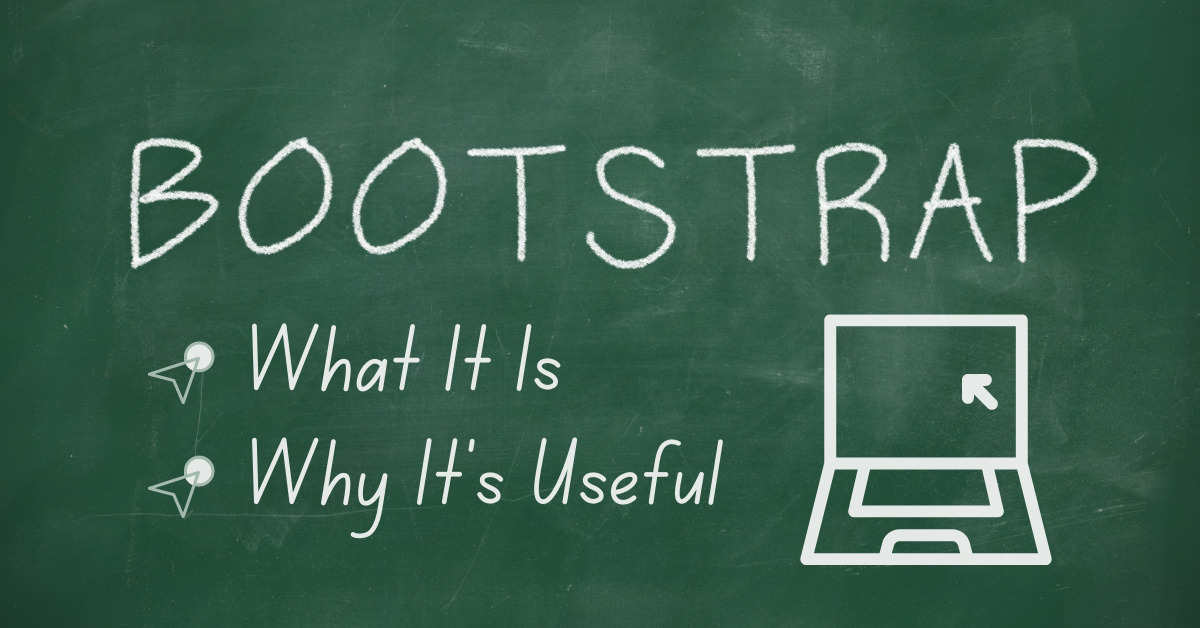Bootstrap: A Developer Shares What It Is and Why It’s Useful
Vladyslav is a .NET developer at Swan Software Solutions. He has always enjoyed tinkering with computers, and his favorite part about Swan is the friendly team, interesting tasks, and opportunities to grow professionally. Vladyslav believes good developers need a “good technical education and the ability to find a way out of difficult situations. Сonstantly improving […]
Project Tips and Tricks
Technologies

Vladyslav is a .NET developer at Swan Software Solutions. He has always enjoyed tinkering with computers, and his favorite part about Swan is the friendly team, interesting tasks, and opportunities to grow professionally.
Vladyslav believes good developers need a “good technical education and the ability to find a way out of difficult situations. Сonstantly improving yourself – this is the most important thing, there is no other way in IT.”
Off the job, Vladyslav used to compete and win prizes in wrestling and now cheers on others while watching championships. That drive to succeed will help him as he pursues his dream of becoming a Senior Full-Stack Developer. For now, he continues to study and improve his skill. He shares what Bootstrap is and its uses.
Bootstrap is an open-source and free HTML, CSS, and JS framework web developers use to quickly create responsive website designs and web applications.

The Bootstrap framework is used all over the world — both by independent developers and entire companies. The Bootstrap Expo page features many different sites created on Bootstrap.
Bootstrap’s main area of application is the front-end development of websites and admin interfaces. Among similar systems (Foundation, UIkit, Semantic UI, InK, etc.), the Bootstrap framework is the most popular.
Why is Bootstrap so popular?
Its popularity is due to the fact that it allows you to build sites several times faster than on “pure” CSS and JavaScript. And in our world, time is a very valuable resource. Another aspect is accessibility. Even a novice web developer can create sufficiently high-quality layouts.
The Bootstrap framework is a collection of CSS and JavaScript files. To use these files, you just need to connect to the page. After that, the tools of this framework will become available to you: column system (Bootstrap grid), classes, and components.
What does Bootstrap feature?

- Tools for creating a layout (wrap containers, a powerful grid system, flexible media objects, adaptive utility classes)
- Classes for styling basic content: text, images, code, tables, and figures
- Ready-made components: buttons, forms, horizontal and vertical navigation bars, sliders, drop-down lists, accordions, modals, tooltips, etc.
- Utility classes for solving traditional tasks most often encountered by web developers: text alignment, showing and hiding elements, setting color, background, margin and padding indents, etc.
Advantages and Disadvantages of the Bootstrap Framework
The advantages of Bootstrap when using it for front-end website development and admin interfaces are:
- A high speed of creating high-quality adaptive layout even by novice web developers (this is achieved through the use of ready-made classes and components created by professionals)
- Cross-browser and cross-platform (correct display and operation of the site in all browsers and operating systems supported by this framework)
- The presence of many ready-made well-designed components, tested by a huge community of web developers on various devices
- The ability to customize for your project — achieved by changing SCSS variables and using mixins (you can change the number of columns, colors, rounding radius, indents between columns, etc.)
- Low entry threshold; to work with the framework, it is not necessary to have “deep” knowledge of HTML, CSS, JavaScript, and jQuery (it is enough to know only the basics of these technologies)
- Uniformity of design and its consistency between different components (in Bootstrap, all components are made in the same style)
- The presence of a huge number of communities and educational materials
- The Bootstrap framework is an open-source project available on GitHub. It has an MIT license. This means that it can be used for free in both open source and commercial projects.

Bootstrap, of course, is a good tool, but at times, it isn’t the best choice. For example, it does not make sense to use for:
- Creating front-end projects with a unique design
- Developing projects where the customer is ready to pay for a project on “pure” CSS and JavaScript (in most cases, such development is carried out in a team in which each member performs some specific set of functions)
- Laying out personal projects, if you have enough time and your level of knowledge in HTML, CSS and JavaScript is sufficient to carry out customization.
Bootstrap, like most similar frameworks, has its drawbacks. Among them are the following:
- A larger size of the final CSS and JavaScript files of the project than they would have if a developer created all this on their own (this is due to the fact that the framework styles and its JS code contain universal code, but a particular project may only require a part of this code).
- The complexity of using Bootstrap to build websites with a unique design, because the development will necessitate a significant rewriting of its code. A simple setting of Bootstrap variables is no longer enough.
Although there are caveats, Bootstrap is a wonderful tool that can assist developers — like it does here are Swan Software Solutions. For more information or to set up a free assessment, contact us.




